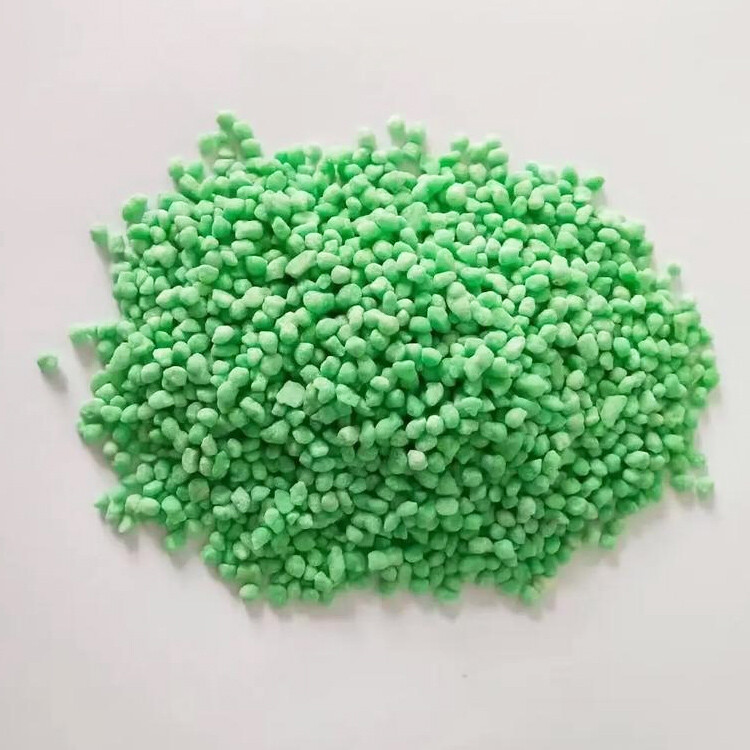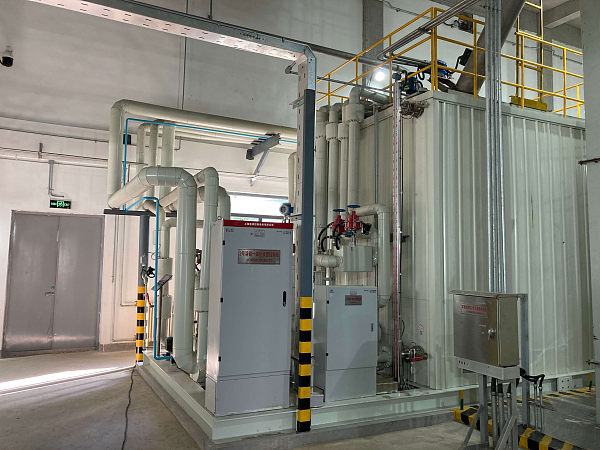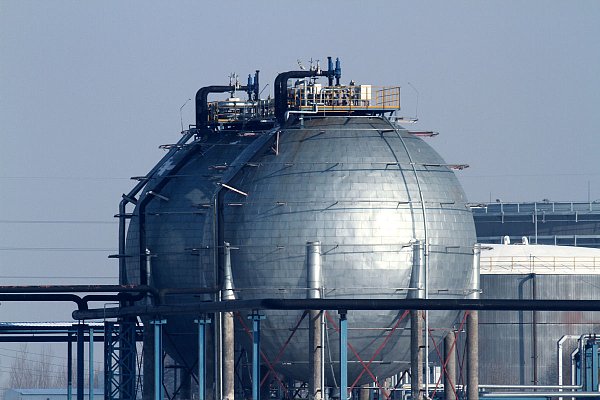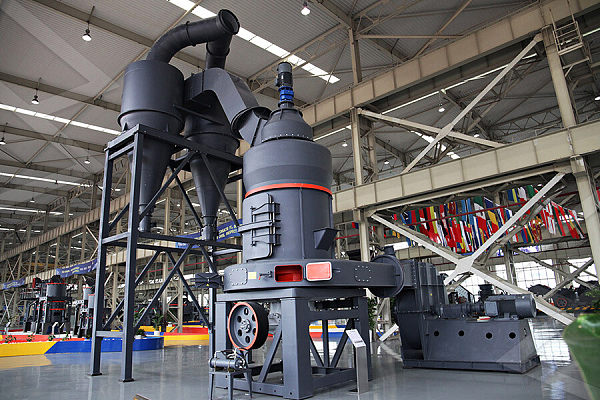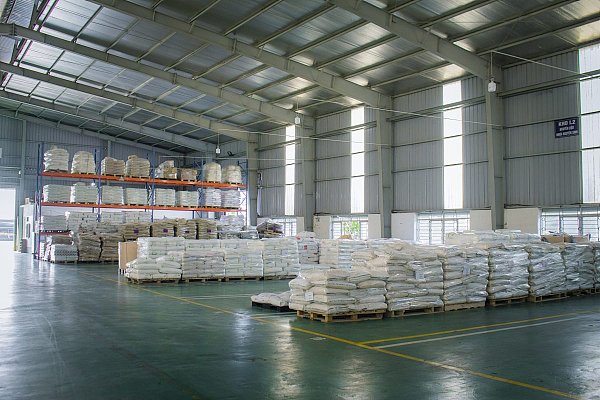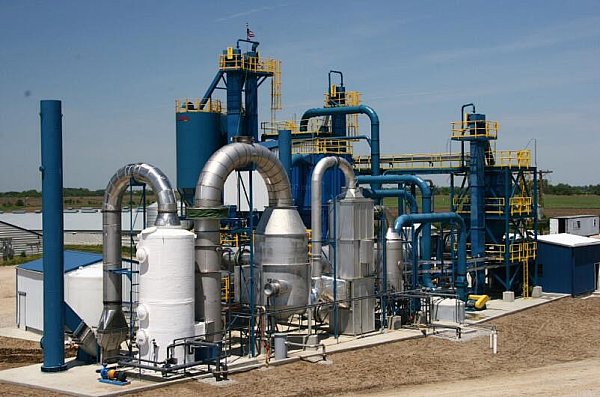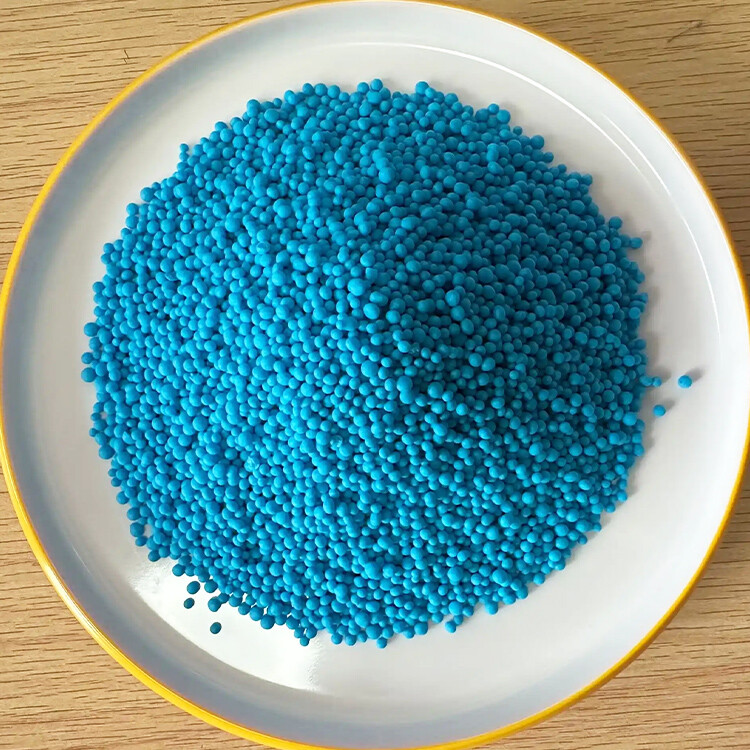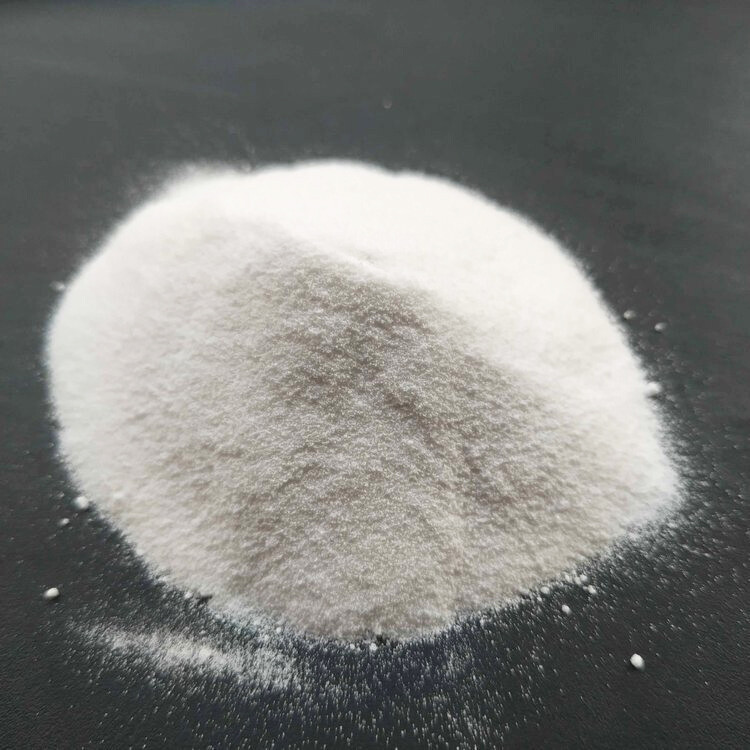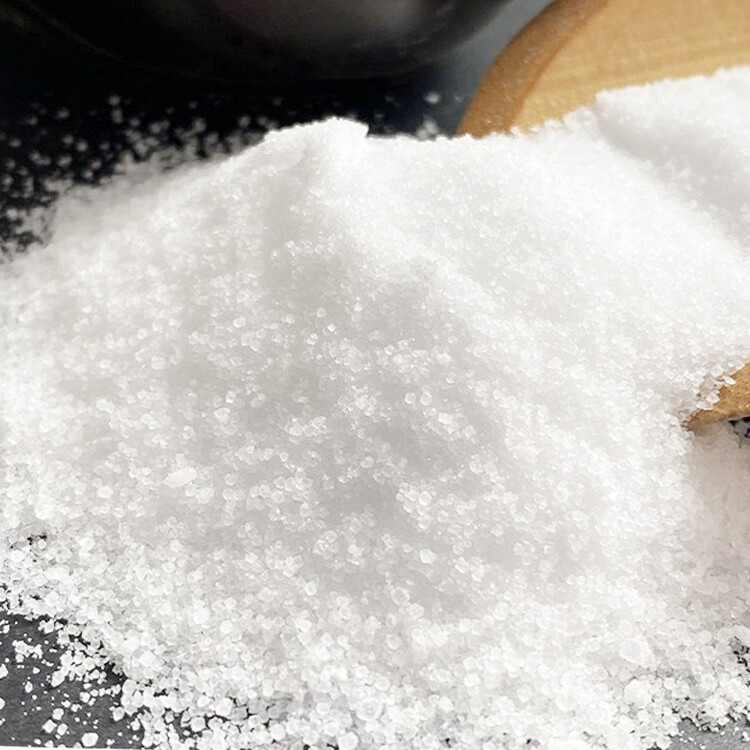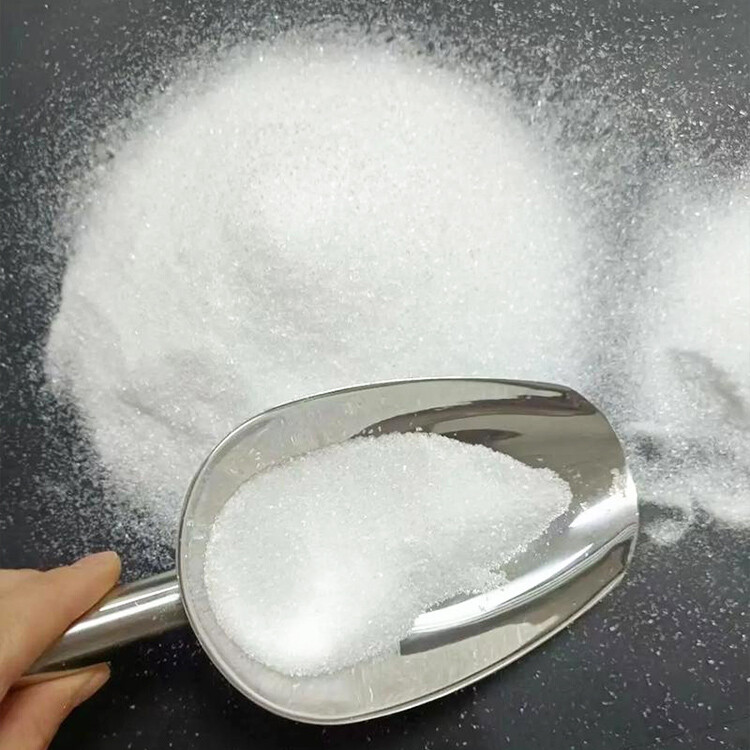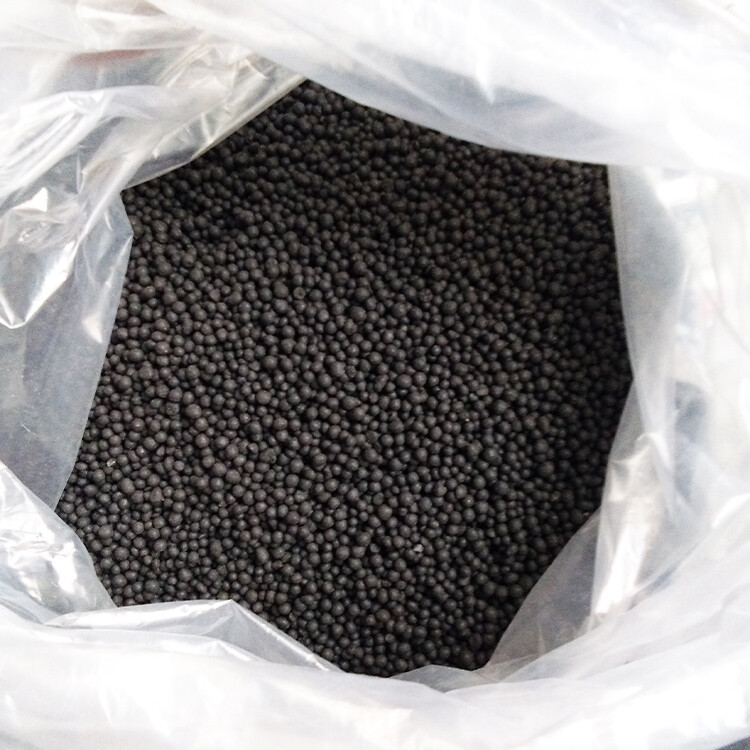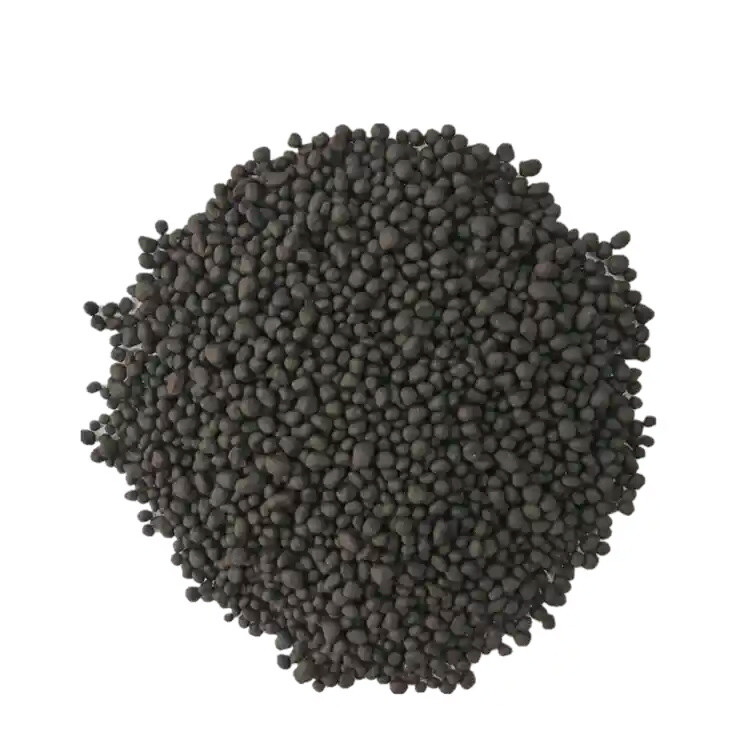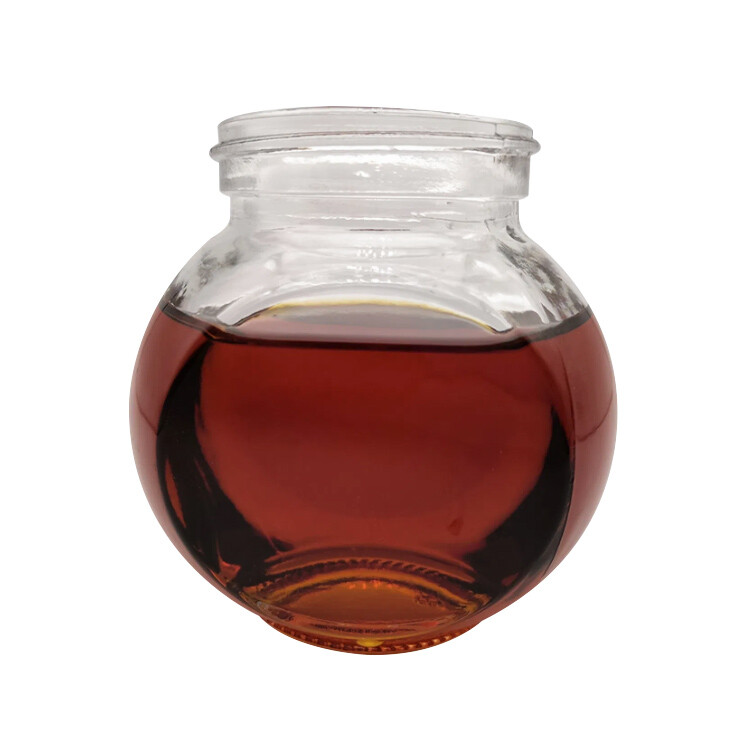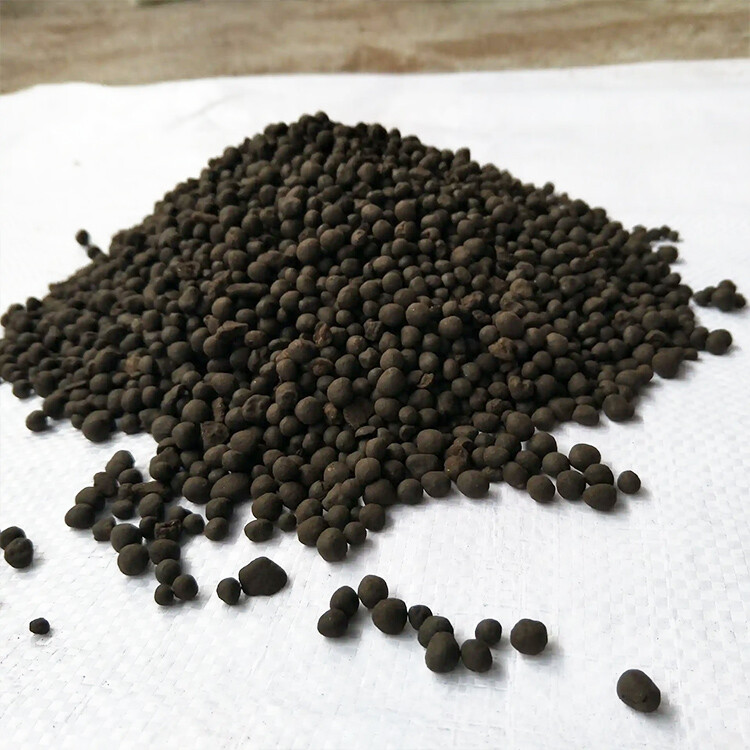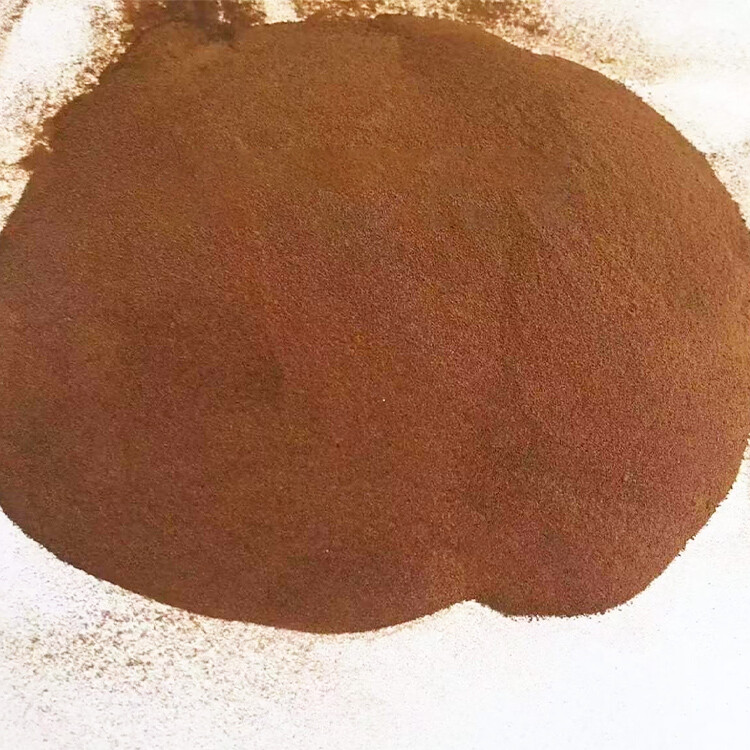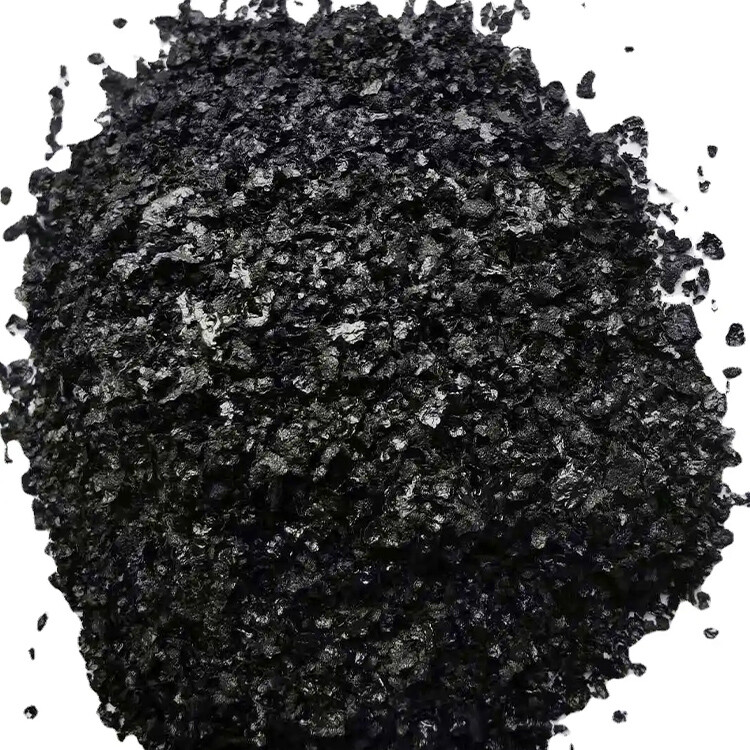SEARCH
PRODUCT
PRODUCT PARAMETERS
Trace element fertilizers, commonly referred to as micronutrients, are fertilizers containing trace nutrients such as boron, zinc, molybdenum, iron, manganese, and copper. Crops require small amounts of these nutrients, but they are indispensable. Deficiency or excess can affect yield and quality, and severe excesses can even endanger human and animal health. Micronutrient fertilizers, such as sulfates, borates, and molybdates, must be applied in conjunction with macronutrient fertilizers. Application methods include soil fertilization, foliar spraying, and seed treatment.
Micronutrient fertilizers can only be effective when applied in conjunction with nitrogen, phosphorus, and potassium fertilizers. Furthermore, crops respond differently to trace element fertilizers at different nitrogen, phosphorus, and potassium levels. Generally speaking, low-yield soils are more prone to trace element deficiencies. In high-yield soils, as yields continue to rise, crop requirements for trace elements also increase. Therefore, supplemental application of micronutrient fertilizers is essential. However, attempting to achieve high yields by reducing the application of macronutrient fertilizers and relying solely on increased micronutrient fertilizer application is a mistake.
HOW TO USE
Soil Fertilization
In addition to chemical fertilizers (such as borax, zinc sulfate, and manganese sulfate), commonly used micronutrient fertilizers include integrated fertilizers, glass fertilizers, and slag or waste materials. These are typically used as base and seed fertilizers. Application methods include applying them to the soil during land preparation before sowing, or mixing them with chemical fertilizers such as nitrogen, phosphorus, and potassium and applying them evenly. The application rate should be determined based on the crop and the type of micronutrient fertilizer, and should generally be kept within a reasonable range.
Foliar Fertilization
Mix soluble micronutrient fertilizers into a water solution of a specific concentration and spray them onto the stems and leaves of the crop. This method avoids the harmful effects of uneven fertilizer distribution in the soil. It also allows for multiple applications at different stages of crop development to improve fertilizer efficiency.
Seed Treatment
Soaking or dressing seeds with a water solution of trace elements before sowing is the most economical and effective method, significantly reducing fertilizer use.
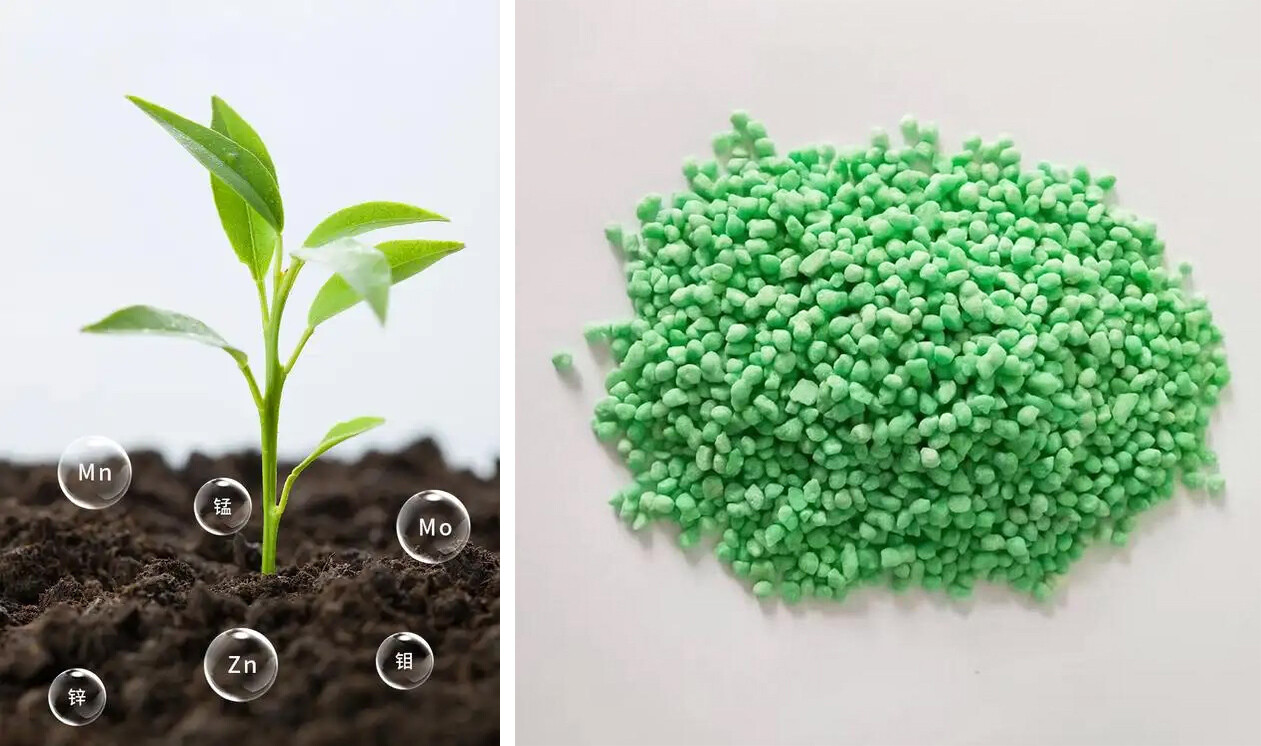
FACTORY DISPLAY
FAQ
Q: Are you a factory or a trading company?
A: We are a company integrating manufacturing and trading.
Q: Can you provide samples for testing before mass production?
A: Of course. We can send you samples free of charge, and we also include a COA. However, you will be responsible for the shipping fee.
Q: How can I get an accurate quote?
A: Please provide the exact product specifications, particle size, color, and intended use, and we will provide you with an accurate quote.
Q: Can you provide a COA?
A: Of course, but only for standard products. If you require an accurate COA, we will produce and test samples before providing you with an accurate COA.
Q: Do you accept ODM or OEM services?
A: Yes, we offer customized services for ingredients, packaging, and labeling. We have strong design capabilities. Please contact us to design your own brand.
Q: Can I visit your factory before placing a large order?
A: Of course. We welcome you at any time.
Q: What is the loading port?
A: Usually Qingdao or Tianjin.
Test certificate

CONTACT US
PRODUCT RECOMMENDATION
Professional Service
Interested? Leave your contact details.
Search Starts Here

